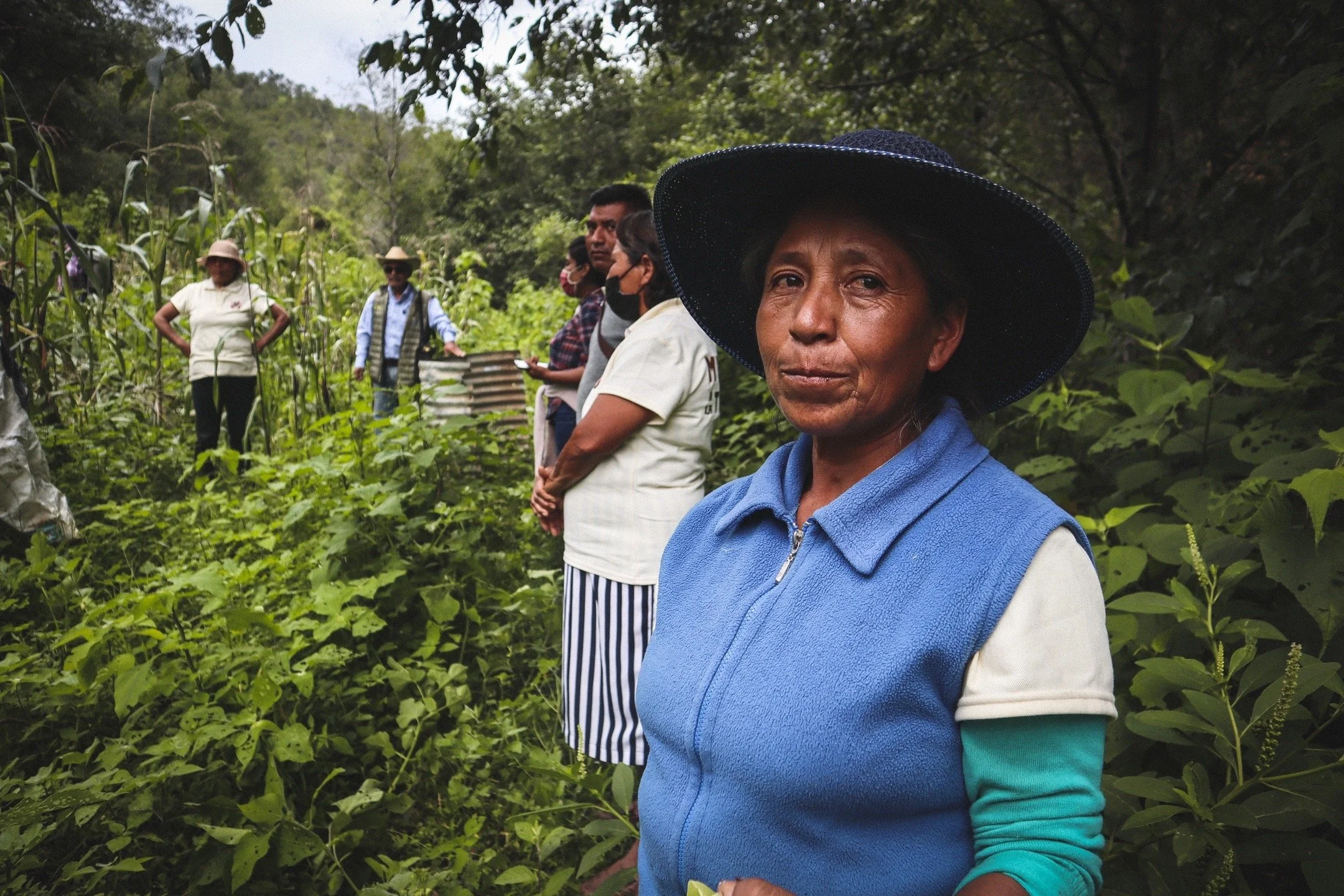“I’m actually a bit of a climate optimist.”
It was 2022 and I was giving a talk. I mentioned that I was quite optimistic when it came to climate action compared to most people I work with. I cited a few facts and figures, pulled up some infographics about carbon emissions trending down, and noted that two of the strongest bits of climate legislation in my lifetime were signed just that summer.
One of them–the Inflation Reduction Act was projected to result in a noteworthy drop in emissions, though it alone wouldn’t quite be enough to totally solve climate issues. Still, it would have given clean energy industries and infrastructure a boost for things to move in a positive direction.
Now it’s 2025, and that feels quite long ago, doesn’t it?
This month, those proposals were effectively gutted as part of the new Congressional Budget Bill. The projections for emissions no longer look that promising. The US also squandered its opportunity to be the world leader in the energy industries that will dominate the next century, a role China looks eager to take. But considering that the US is a massive country in terms of both land and population, it’s a pretty bad blow to the planet.
So, in the year 2025, I couldn’t possibly still be saying climate and optimist in the right sentence.
Right?
Before I flesh out my answer, I need to highlight a few things I also said in that same talk:
Climate optimism shouldn’t whitewash the very real problem of climate change and the way it affects people. I spend a lot of my career talking to people like Albert, a farmer in Burundi, or Esperanza, a mother in rural Mexico and I’ve seen very directly how their lives are threatened by environmental problems. I may have a stronger sense of optimism around the environment, but that also comes with a stronger awareness of the stakes.
Optimism isn’t necessarily a virtue. Optimism is largely a function of privilege, brain chemistry, and the mysterious item of personality. These are things people have no control over, for the first part. I happen to be born with a set of circumstances and brain chemicals that make it easier for me than most people. I didn’t do anything to earn that.
Hope, on the other hand, is a virtue. I make the distinction between hope and optimism by saying that optimism is a feeling, but hope is where we plant our feet. I work with many people who feel like they’re fighting a losing battle but still show up to fight. That’s hope. Even without the optimism. Especially without optimism.
There are so many other dimensions for climate action
Climate ambition in the United States. has taken a huge step backwards. Most people I know working for a more sustainable future are extremely discouraged and they have reason to be. It’s a reasonable way to feel.
But at the same time, it’s not game over and the work isn’t done. If anything, there’s a lot more of it to be done.
The United States is an important actor when it comes to climate, and perhaps the most influential, but it’s far from the only source of impact.
Seven-eighths of carbon emissions are outside of the United States. The largest emitter, China, represents about a third of emissions around the world and clean energy is driving its number downward in a hurry. Its emissions have likely peaked this year. Russia and Brazil are also likely close to their peak. Japan, the UK, the European Union, Canada, and even the US have already passed their peak. As more African and South Asian hubs gain access to electricity, they are increasingly drawing it from clean sources.
Within the US, climate policy has several different layers. There’s federal policy, of course, which hasn’t been too encouraging lately. But state policy also has a big impact on things like land use, transport, and energy. Counties, cities, and other districts also determine a lot around transport, green space, farming, and housing, and this is often where people have the most success at getting involved.
And it’s not just government! Good thing, huh? There are so many other sectors that ultimately shape climate action. Business, industry, and marketing fields are incredibly influential, especially in the US. Working in tech, energy, or engineering opens up new opportunities to reach goals. Anyone working on farms or with food also has direct access to a very important sector. Consumers have a lot of influence through their choices and can often force governments and corporations to keep up with their preferences. Educators, artists, and communicators can help shape those priorities.
This isn’t to invalidate legitimate concerns people have. The urgency around climate action means that we need all actors to play their part. When they’re in sync, different levels of government can create a multiplier effect with each other. Different sectors can open doors for each other. All the things are in relation to each other.
Unfortunately, we likely won’t really have synergy on that level for some time, but it does mean all our eggs aren’t in that single basket. Real good news given the state of our current basket.
The lack of political will towards climate action is nothing new.
Over the past twenty years, there have been very few moments where all of the political stars have aligned to get anything done environmentally, at least at the federal level.
The amount of improvements in emissions reduction in spite of that lack of political support is actually pretty encouraging.
When Barack Obama took office in 2009, one of his biggest goals was a comprehensive climate bill. Ultimately, they never made it past Congress. The Waxman-Markey Bill and the EPA’s Clean Power Plan failed to get the support they needed. But what happened next is kind of interesting.
Based on projections made while these policies were being debated, they would have reduced emissions by about 1100 Mt CO₂ between 2010 and 2019. However, the US managed to reduce its emissions by 1,450 Mt CO₂ on its own, without the support of these policies.
It goes without saying, we would’ve likely fared better with the extra push, but still… things turned out much better than one might’ve expected when those policies failed to become law.
There are a mix of reasons why. The cost of wind and solar energy became way cheaper than anticipated, making them more accessible. The coal industry also collapsed, and while some of it was replaced by fracking, that still accounts for some drop in emissions. There was an uptick in electric vehicle use that seemed unproven in 2009. And while federal legislation didn’t go through, a lot of states passed bolder clean energy laws. When larger states like New York or California pass high standards, companies are especially incentivized to cater to their big markets.
On top of all that, there was a greater cultural shift towards people prioritizing sustainability. While little things like Meatless Mondays or reusable burlap totes seem really small, those signals add up and send a message to corporations and industries that these things are a priority for people.
This over-performance in spite of legislative support is something that Robinson Meyer has written about, labeling the phenomenon The Green Vortex. It’s a surprisingly encouraging report and one that I think holds a lot of relevance for where we are right now. Without top-level support from the United States, it’s still very much possible to keep moving the needle in the right direction. It has happened before.
In spite of the setbacks, coal and fossil fuels remain risky investments. Renewables and clean technologies continue to grow, even within the United States. The economic scales have already been tipped in favor of the future.
Defeatism is a problem
Lately I’ve been seeing a post from a highly regarded environmentalist and academic who has essentially said “It’s too late to stop climate change. Game over.” It’s tough because this is somebody who I respect a lot, but can’t get behind the sense of defeatism.
In some senses, he’s not totally wrong. There are aspects of climate change that are already in effect that are irreversible, at least practically speaking. But far too many people see climate action in a very black-and-white, pass-fail sort of way.
It’s not like that.
Yes, we have this target of keeping average annual temperature change under 1.5ºC. But if we fail at that, it’s not game over. It means we work to keep it under 1.6ºC. Or better yet, 1.51ºC, or 1.500001ºC… you get the logic.
Within each of those slivers, fractions, and decimals are places, people, and forms of life you love. Things worth saving.
It’s more like a house fire. If your stove catches fire and you fail to save the kitchen, you don’t just give up. You protect the dining area and the living room. And even if you lose that, you work to contain the damage as much as possible for the sake of things worth saving.
That’s why in spite of every setback, I think it’s necessary for me to remain a climate optimist. Not everybody can access optimism as easily as I can, and that’s fine. What matters more is that people spring into action, so if I can leverage just enough optimism to catalyze that, so be it.
After all, the thing that keeps me the most optimistic isn’t some hypothetical political pendulum swing. It’s not the numbers, or the Green Vortex. It’s the others. People like Esperanza in Mexico. Albert in Burundi. Mesfin in Ethiopia who excitedly tells me about his plans to replant an entire hillside.
I’m grateful that I get to work towards a healthy planet shoulder to shoulder with people like Mesfin. Or organizations like BEDS building eco-villages in the Sundarbans. Or my friend Jamie who has a knack for pitching sustainability towards business leaders.
For me, climate change often looks like numbers on paper, but for Mesfin it looks like food for his family. And yet, he hasn’t given up. If he hasn’t, I don’t think I have any right to.





